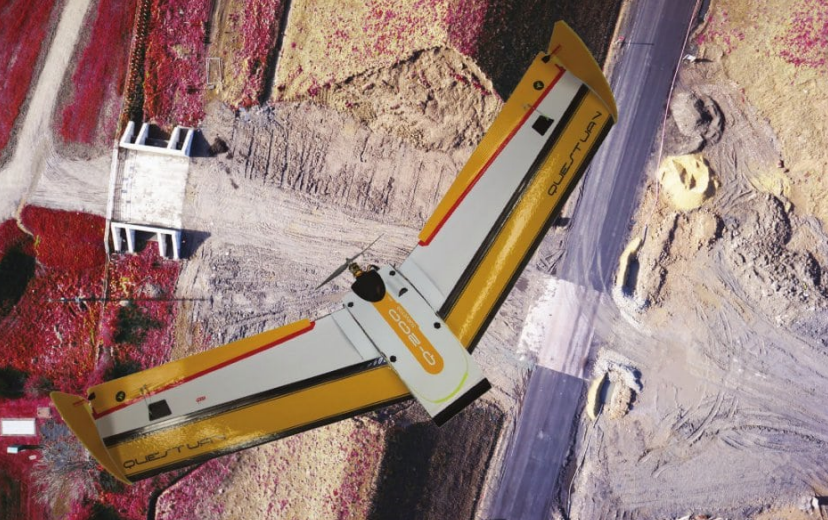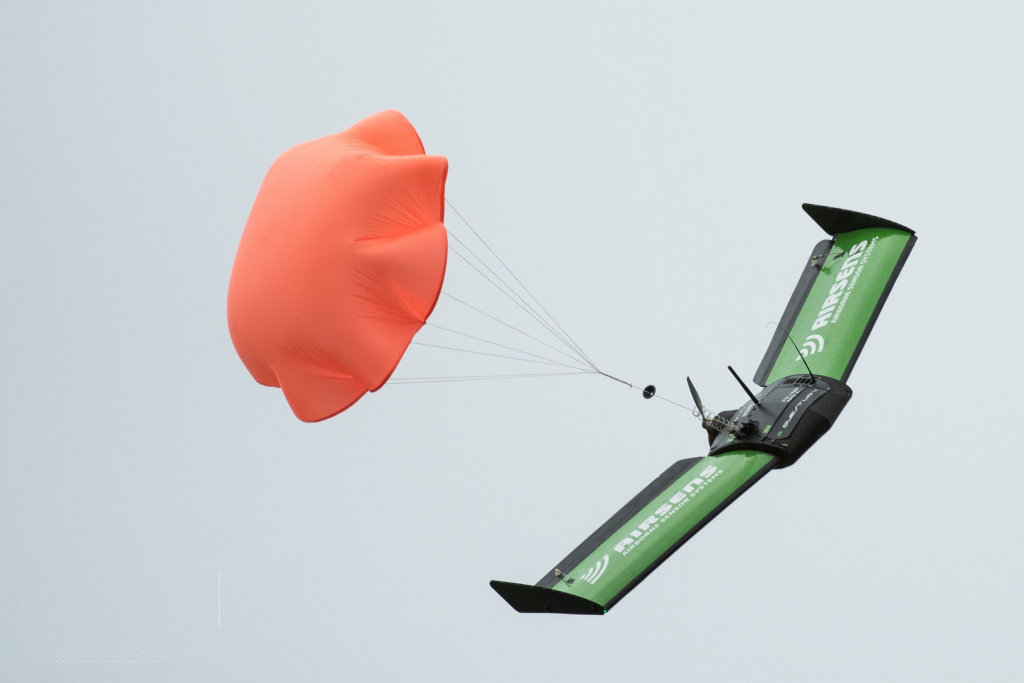
Drones have become an essential tool for search and rescue (SAR) operations, both inland and coastal. They provide crucial support to SAR teams, reducing risks to human lives, enabling quicker searches, and providing aerial support during adverse weather conditions, ultimately increasing the chances of survival.
How Does Thermal Imaging Help During SAR?
Thermal imaging is an important technology used during SAR. Thermal cameras capture infrared energy to create images through digital or analog video outputs, allowing rescuers to pinpoint heat spots and narrow down the search area to a high-level point of interest. This significantly reduces search time.
In SAR operations, having a drone equipped with a thermal imaging camera is necessary. Thermal imaging cameras can detect points of interest that high definition cameras cannot, even in low-light conditions or at night. They do not require any light source to transmit an image, allowing for effective SAR to be carried out in any conditions.

Advantages of Thermal Imaging:
Multiple colour modes leads to more effective inspection:
Thermal imaging cameras also offer multiple color modes, allowing rescuers to analyze and inspect the scene with greater precision and accuracy. This leads to a better understanding of the situation and identification of potentially unseen elements.
Saving lives by saving time:
Ultimately, thermal imaging cameras save lives by saving time. By quickly identifying the point of interest, SAR teams can rapidly implement the most appropriate rescue strategy, increasing the chances of a successful outcome.
To find out more about our UAV solutions, please click the link below:


